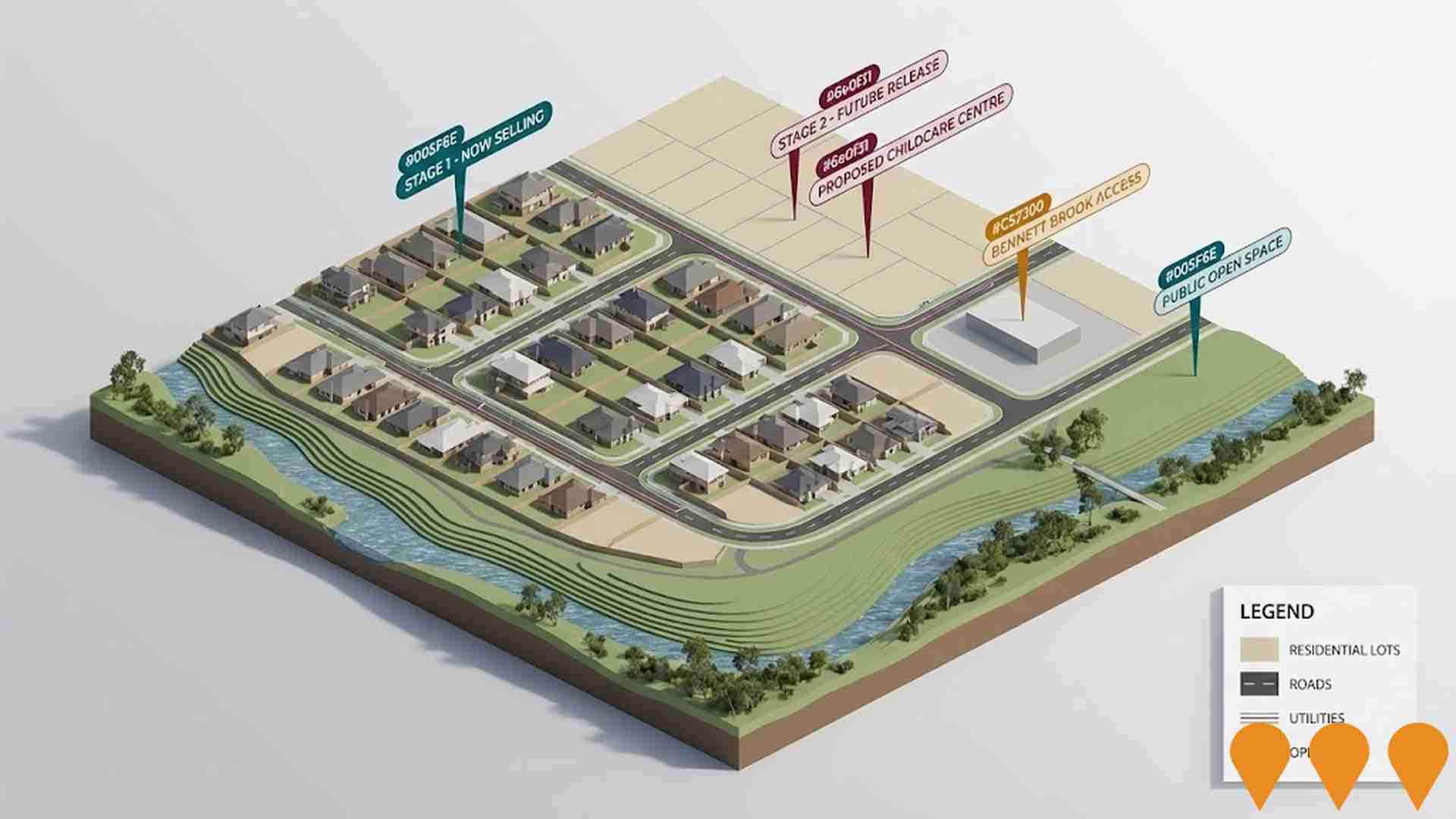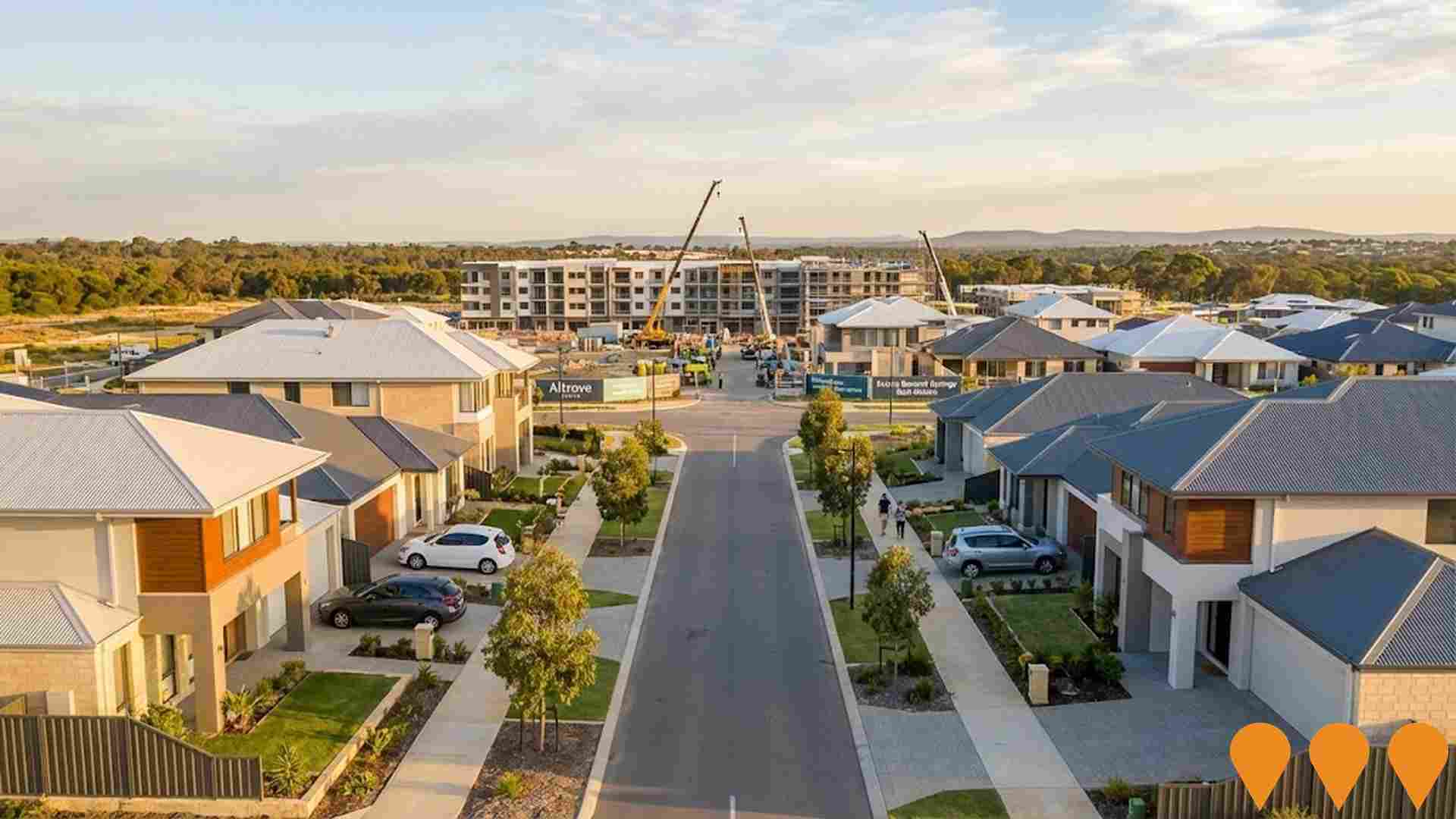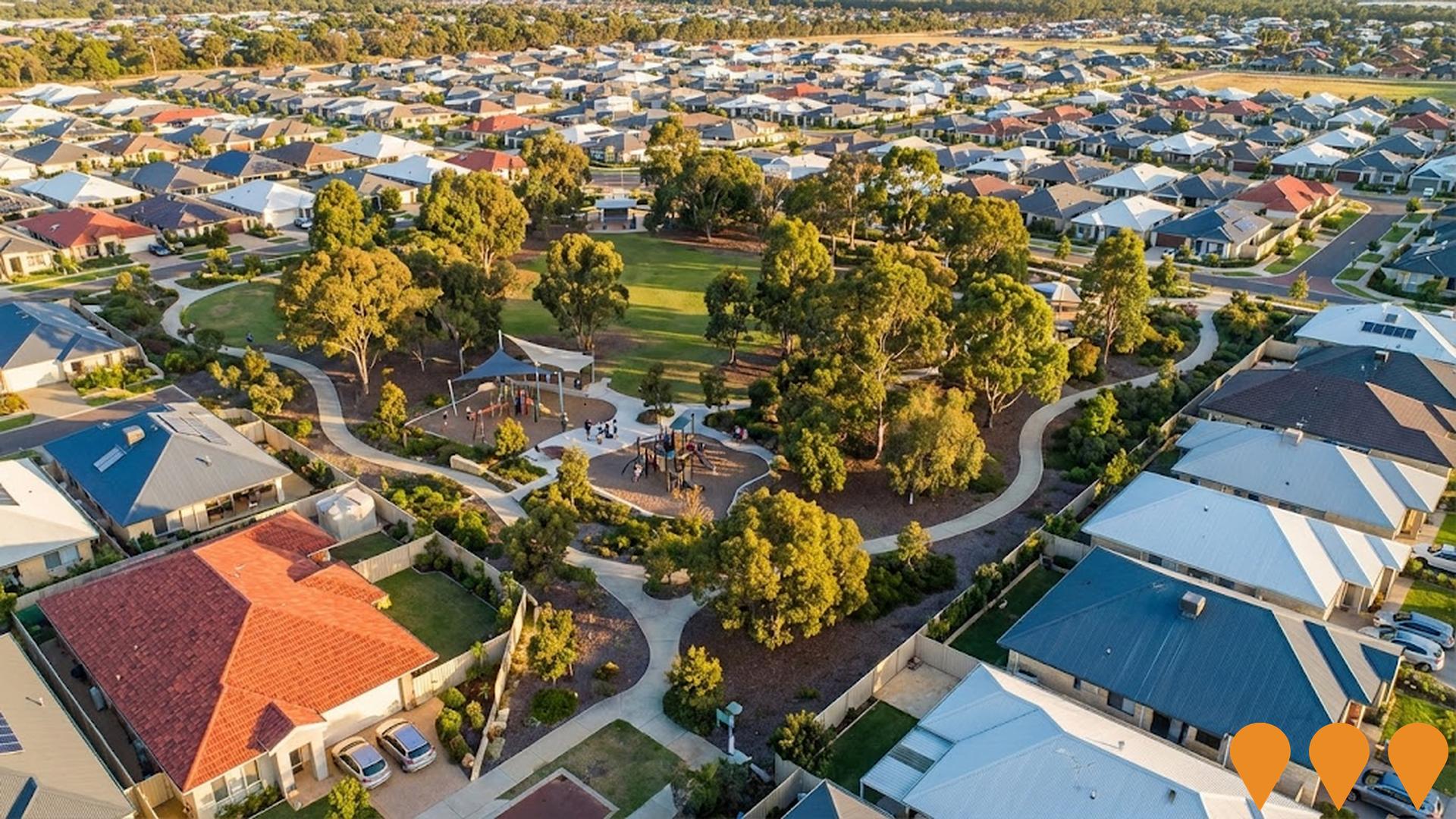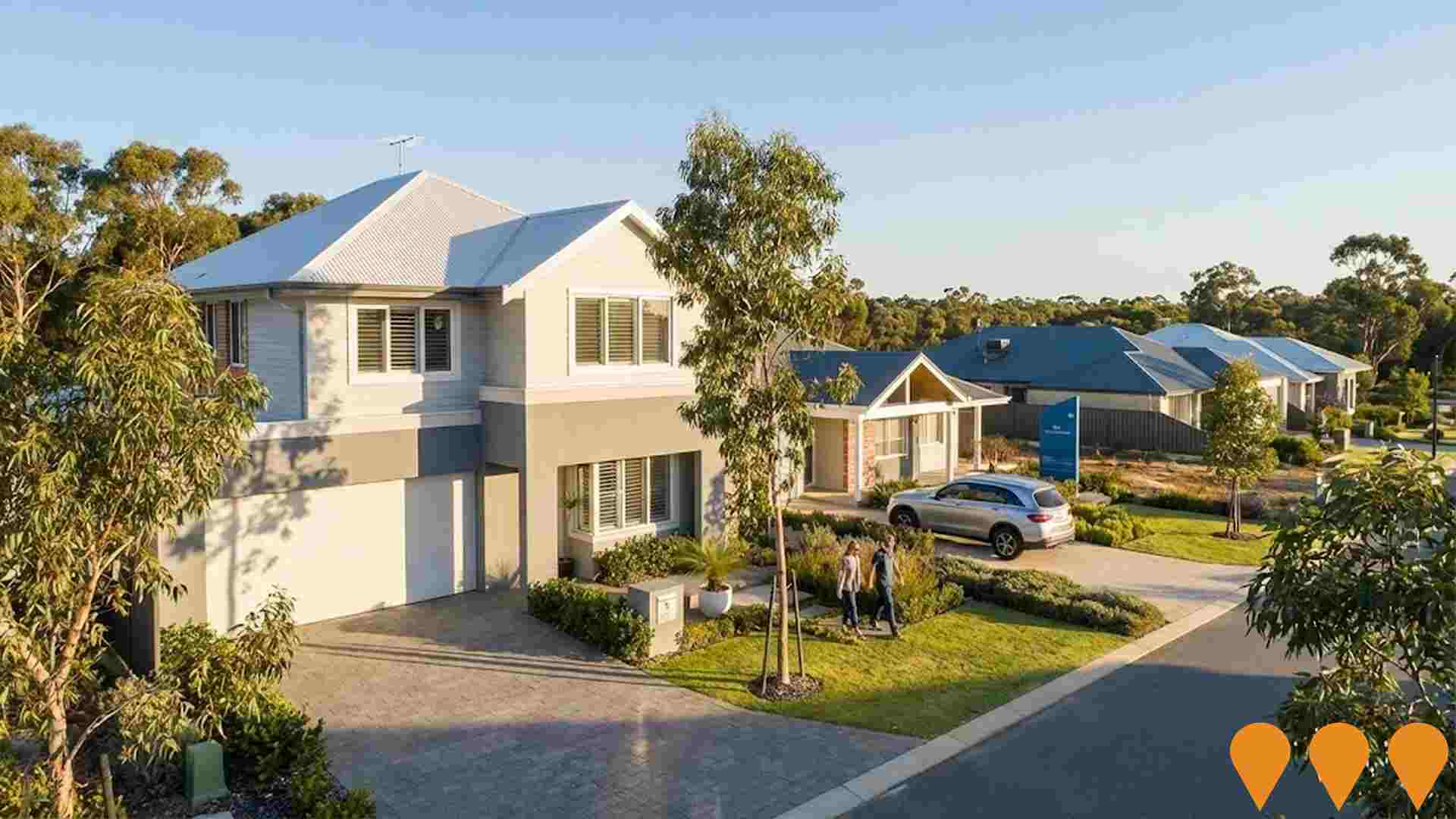Chart Color Schemes
est. as @ -- *
ABS ERP | -- people | --
2021 Census | -- people
Sales Activity
Curious about local property values? Filter the chart to assess the volume and appreciation (including resales) trends and regional comparisons, or scroll to the map below view this information at an individual property level.
Find a Recent Sale
Sales Detail
Population
Beechboro lies within the top quartile of areas nationally for population growth performance according to AreaSearch analysis of recent, and medium to long-term trends
As of Aug '25, Beechboro's population is approximately 26,153. This figure represents an increase of 4,805 people since the 2021 Census, which reported a population of 21,348. The change was inferred from ABS data showing an estimated resident population of 25,521 as of June '24 and an additional 992 validated new addresses since the Census date. This results in a density ratio of 555 persons per square kilometer. Beechboro's growth rate of 22.5% since the 2021 census exceeded both national (8.6%) and state averages, positioning it as a regional growth leader. Interstate migration contributed approximately 42.8% of overall population gains during recent periods.
AreaSearch adopts ABS/Geoscience Australia projections for each SA2 area, released in '24 with '22 as the base year. For areas not covered by this data and post-'32 estimates, AreaSearch uses growth rates by age cohort provided by the ABS in its latest Greater Capital Region projections (released in '23, based on '22 data). Future trends forecast a significant population increase in Beechboro's top quartile of statistical areas, with an expected growth of 6,813 persons to 2041, representing a total gain of 23.6% over the 17-year period.
Frequently Asked Questions - Population
Development
The level of residential development activity in Beechboro was found to be higher than 90% of real estate markets across the country
Beechboro averaged approximately 339 new dwelling approvals annually over the past five financial years, totalling 1698 homes. As of FY26104 approvals have been recorded. On average, three people moved to the area per new home constructed yearly between FY21 and FY25, indicating robust demand that supports property values. New homes were built at an average expected construction cost value of $353,000, which is below the regional average, suggesting more affordable housing options for buyers.
This year has seen $22.1 million in commercial approvals, demonstrating moderate levels of commercial development. Compared to Greater Perth, Beechboro has slightly more development, with 16.0% above the regional average per person over the past five years, reflecting strong developer confidence in the location. New development consists predominantly of detached dwellings (96.0%) and a smaller proportion of townhouses or apartments (4.0%), preserving the area's low density nature and attracting space-seeking buyers. With approximately 80 people moving to Beechboro per approval, it reflects a developing area.
Future projections indicate that Beechboro is expected to add around 6181 residents by 2041. At current development rates, new housing supply should comfortably meet demand, providing good conditions for buyers and potentially supporting growth beyond current population projections.
Frequently Asked Questions - Development
Infrastructure
Beechboro has limited levels of nearby infrastructure activity, ranking in the 14thth percentile nationally
Changes to local infrastructure significantly influence an area's performance. AreaSearch has identified 47 projects that may impact the area. Notable projects include Altrove Estate, Hazelmere Logistics Estate, Bennett Springs East Structure Plan, and Dayton Central by LWP Property Group. The following list details those likely to be most relevant.
Professional plan users can use the search below to filter and access additional projects.
INFRASTRUCTURE SEARCH
 Denotes AI-based impression for illustrative purposes only, not to be taken as definitive under any circumstances. Please follow links and conduct other investigations from the project's source for actual imagery. Developers and project owners wishing us to use original imagery please Contact Us and we will do so.
Denotes AI-based impression for illustrative purposes only, not to be taken as definitive under any circumstances. Please follow links and conduct other investigations from the project's source for actual imagery. Developers and project owners wishing us to use original imagery please Contact Us and we will do so.
Frequently Asked Questions - Infrastructure
Hazelmere Logistics Estate
State-of-the-art logistics and industrial estate strategically positioned for ultimate connectivity. The 90,088sqm development includes multiple warehouse buildings with sustainability features targeting 5-star Green Star ratings. Major tenants include DHL, Inghams, Fisher & Paykel, Bluestar Global Logistics.

Springs Shopping Centre Expansion
Proposed expansion of the existing Springs Shopping Centre, located at 198 Bennett Springs Drive (formerly identified as Corner Bennett Springs Drive & Beechboro Road North). The initial proposal was for an expansion to include additional specialty retail, a medical centre, and a possible small supermarket, aligning with surrounding residential growth. A recent Development Application (DA-1219/2025) has been received by the City of Swan for a 'Proposed Garden Room Cube' at this address, which may be part of or an amendment to the overall expansion plan. The centre is owned/managed by Erceg Management.

Dayton District Centre (Future Town Centre & Train Station Precinct)
Future mixed-use district centre anchored by Dayton Railway Station (Morley-Ellenbrook Line), planned to include retail, commercial offices, medical, childcare and high-density residential surrounding the station.
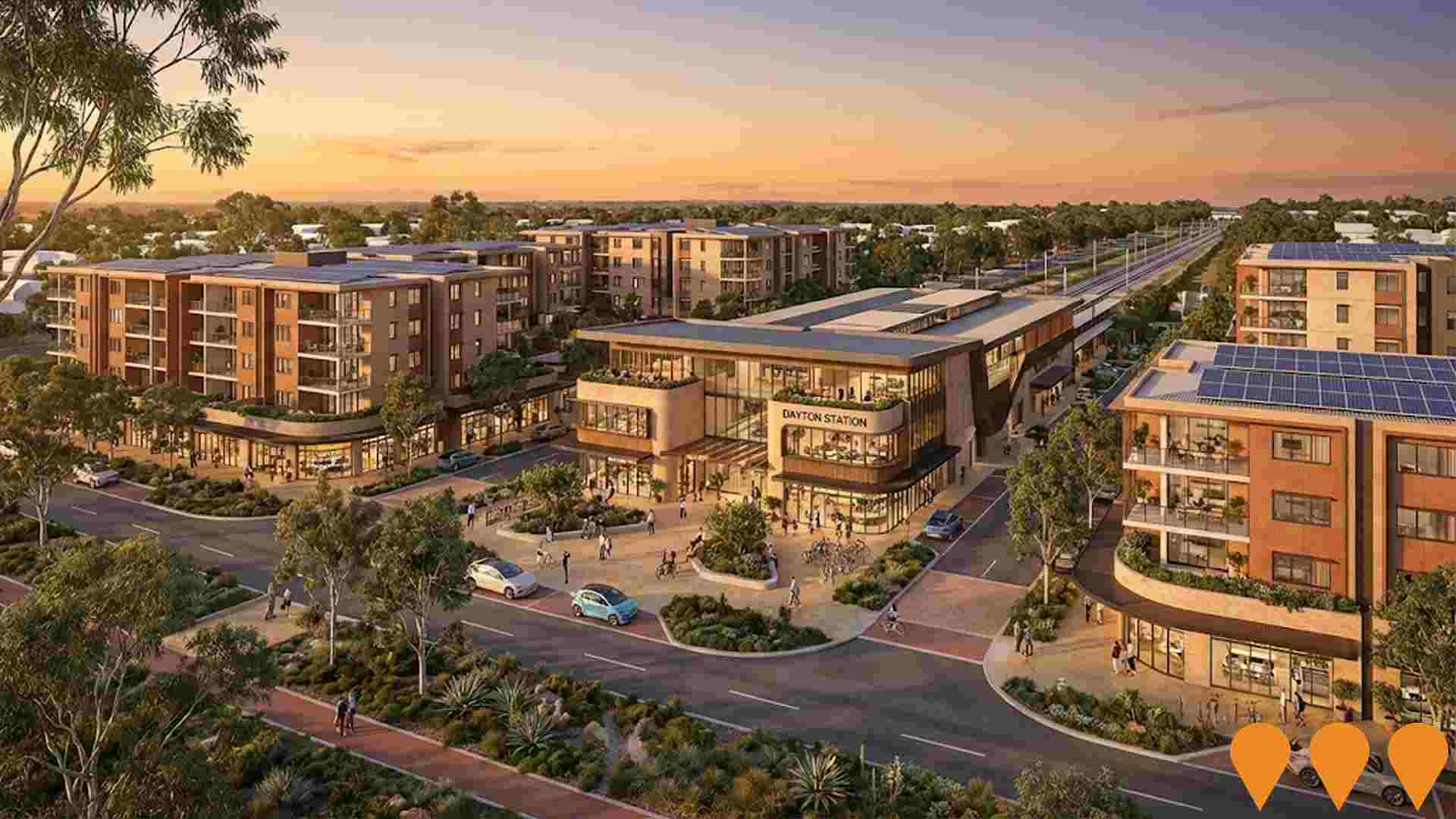
Bennett Springs East Station (Future)
Future railway station planned for Bennett Springs East as part of METRONET expansion. Will provide direct access to Perth CBD and major employment centres.
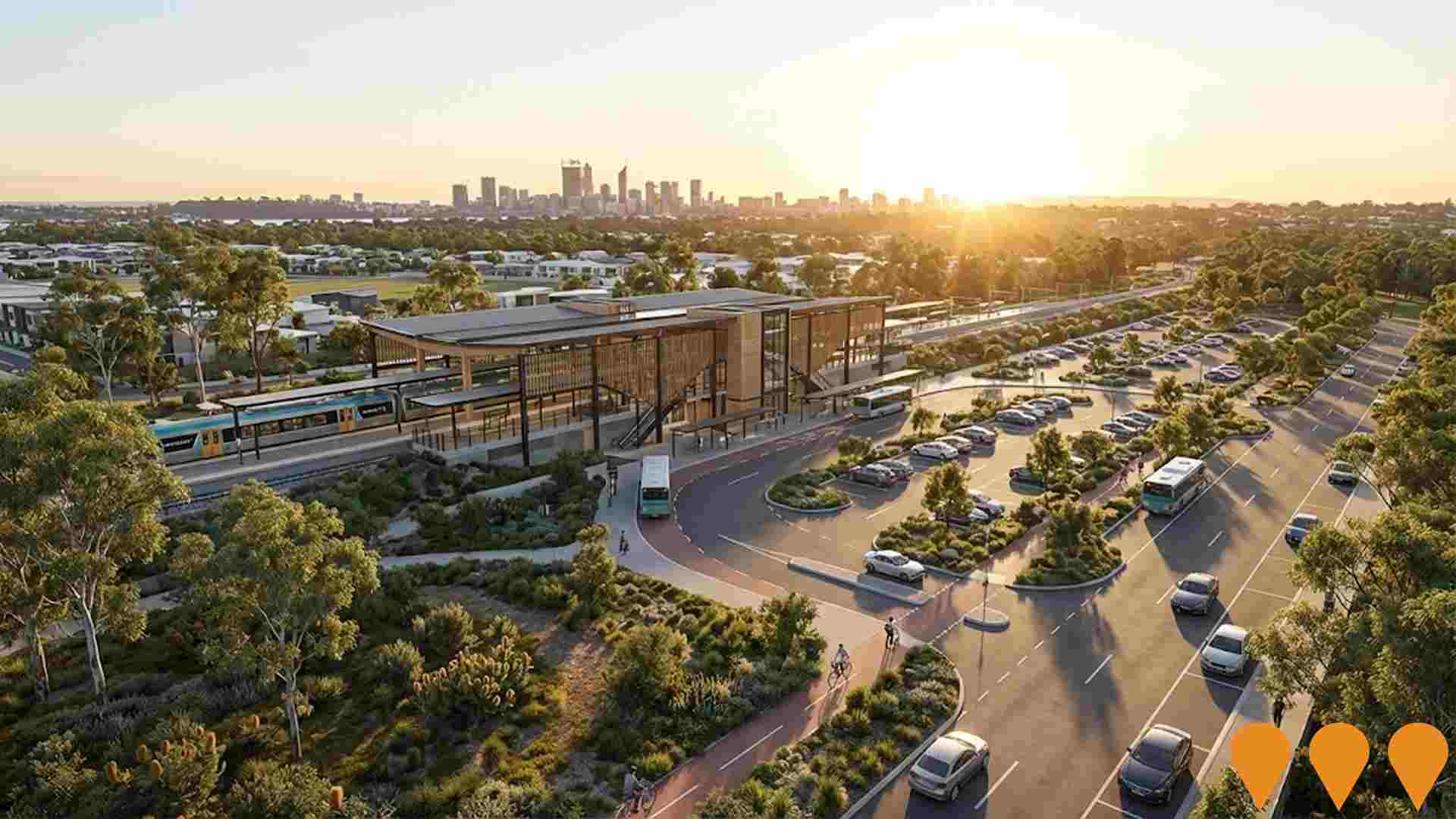
Bennett Springs East Structure Plan
58.77ha residential development by Mirvac providing 676+ dwellings for 1,892+ residents. Includes public open space, wetland buffers, and infrastructure for urban development.
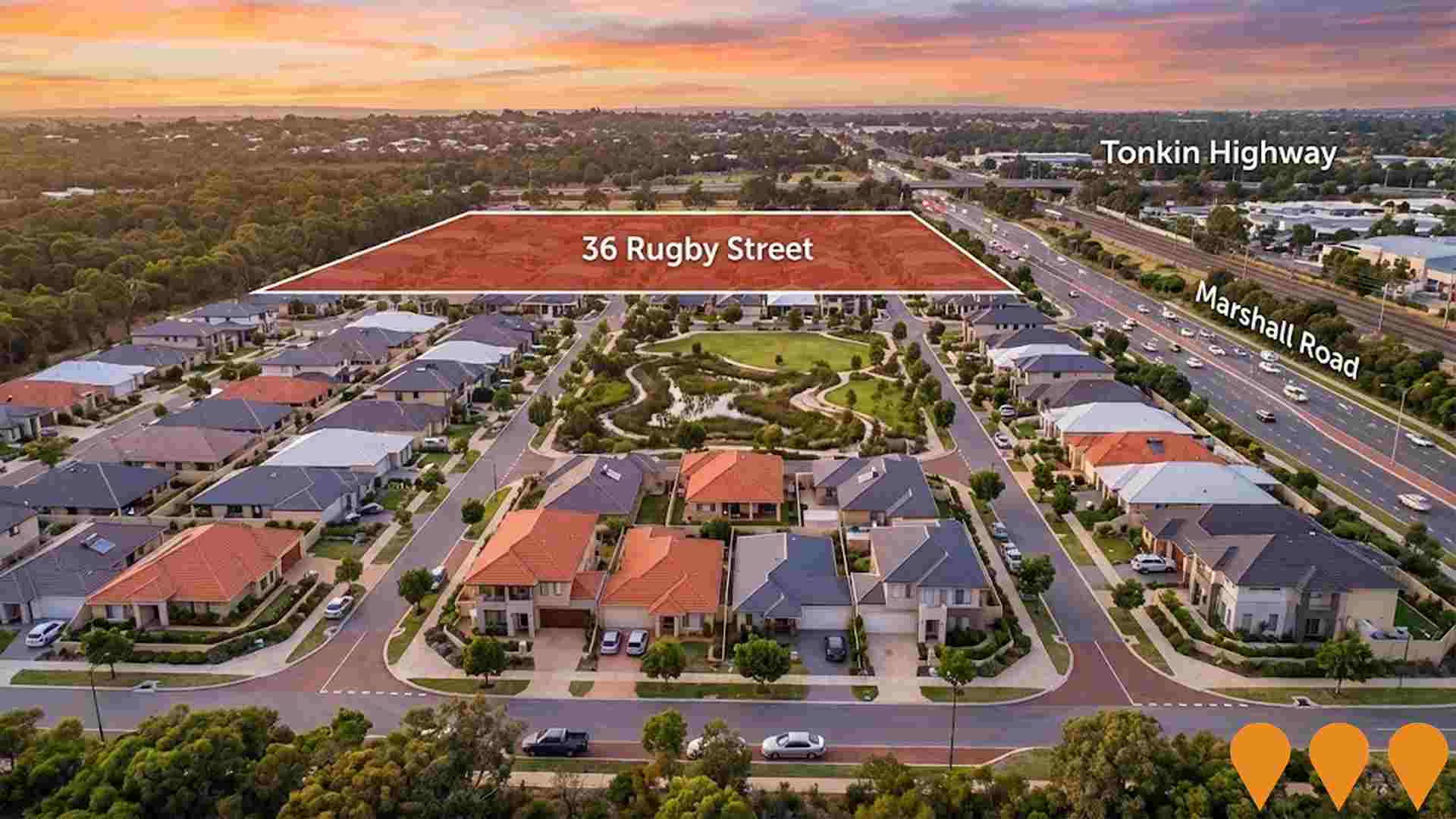
Dayton Central by LWP Property Group
Masterplanned community in Dayton featuring over 800 lots, future local parks, primary school site, and direct connection to the new Dayton Metronet Station precinct.
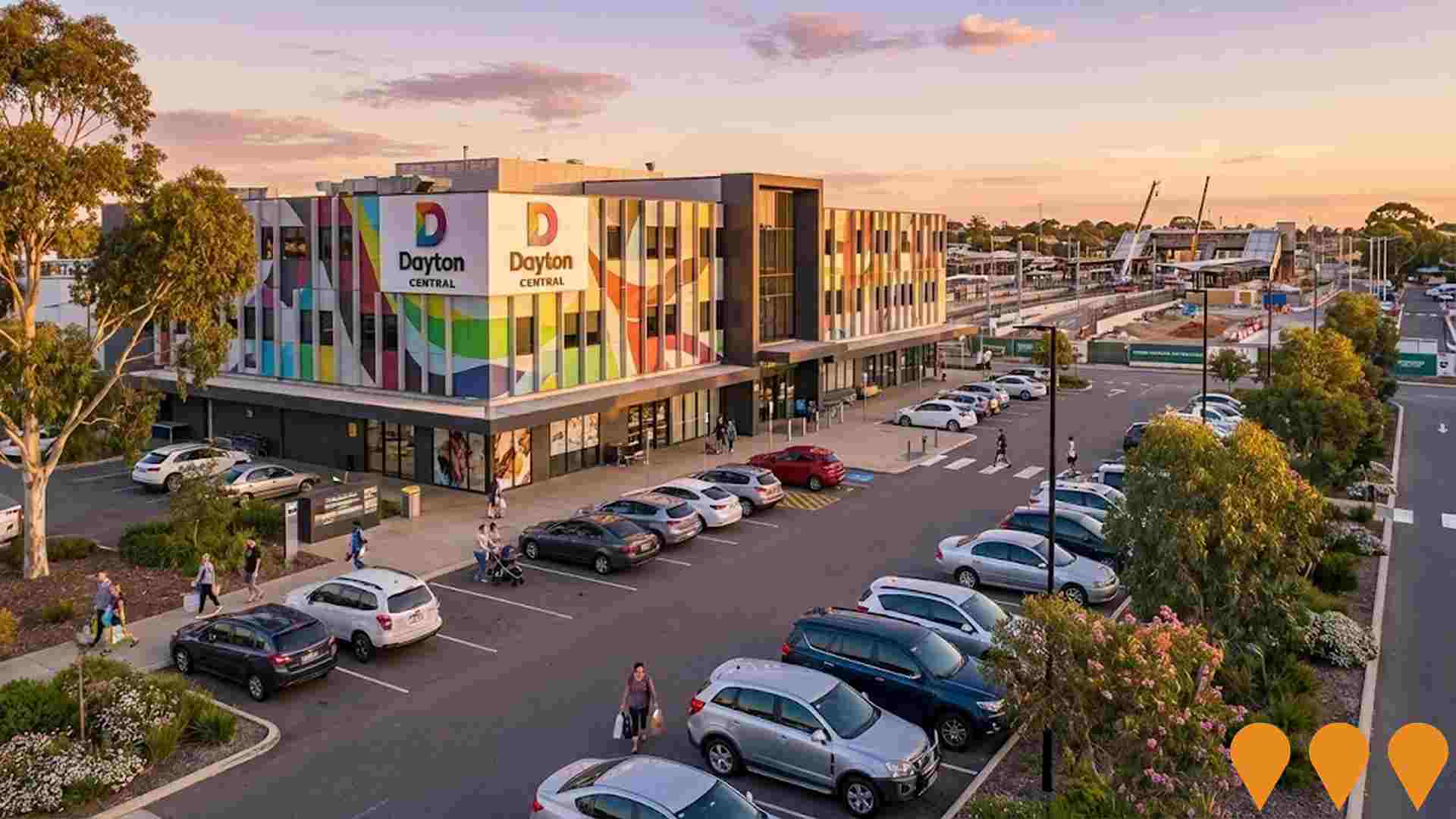
Caversham Valley Primary School Expansion
Major expansion of Caversham Valley Primary School to accommodate rapid enrolment growth in the Swan Valley area. Works delivered a new two-storey teaching block with 10 general classrooms, a science room, staff offices, internal activity areas, toilets and storage, plus a landscaped courtyard and upgraded play areas. The project opened for Term 1, 2025.
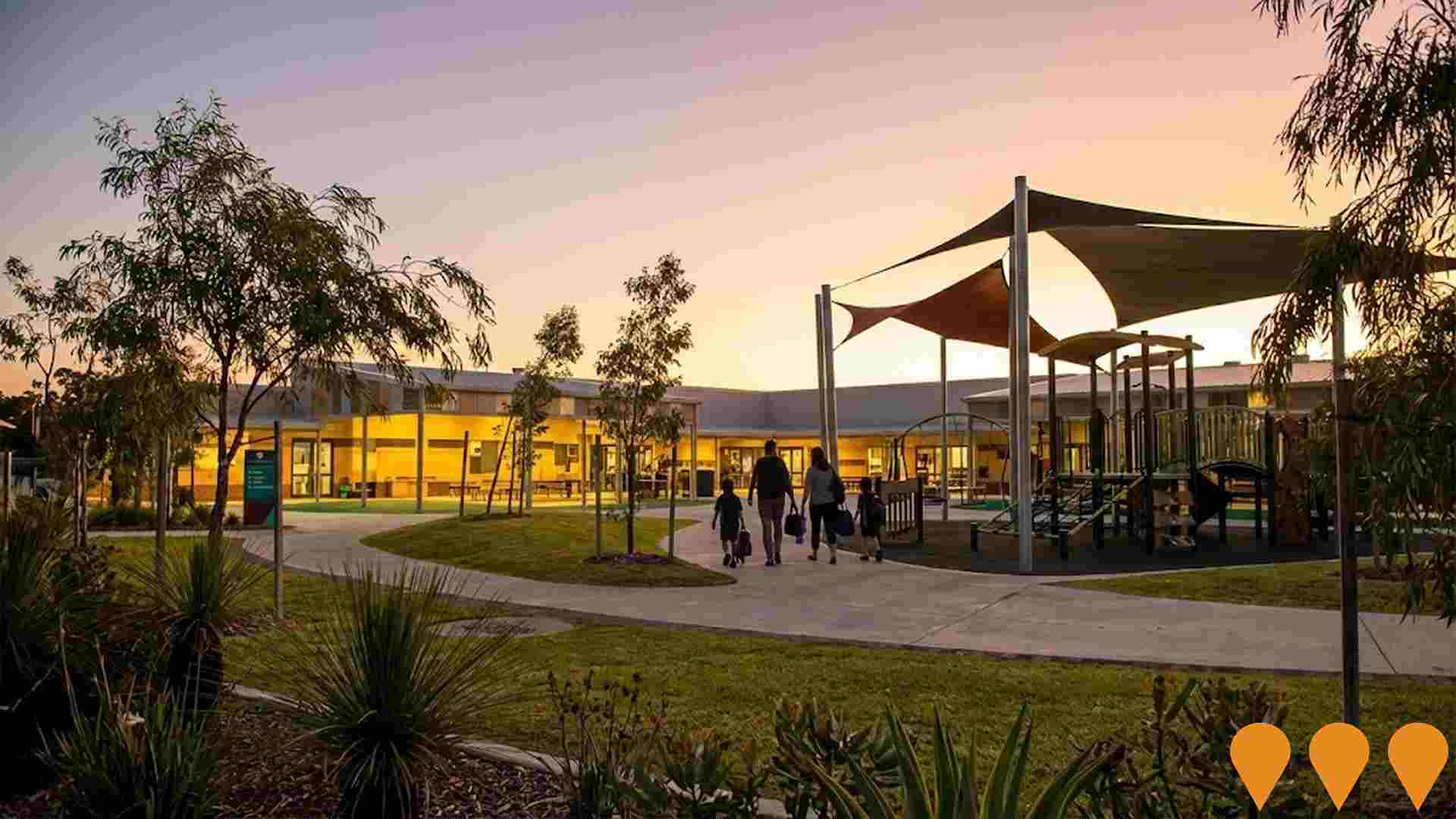
St Leonards Private Estate - Dayton Release
Premium land release within the established St Leonards Private Estate in Dayton, offering large lots within walking distance of the future Dayton train station and town centre.
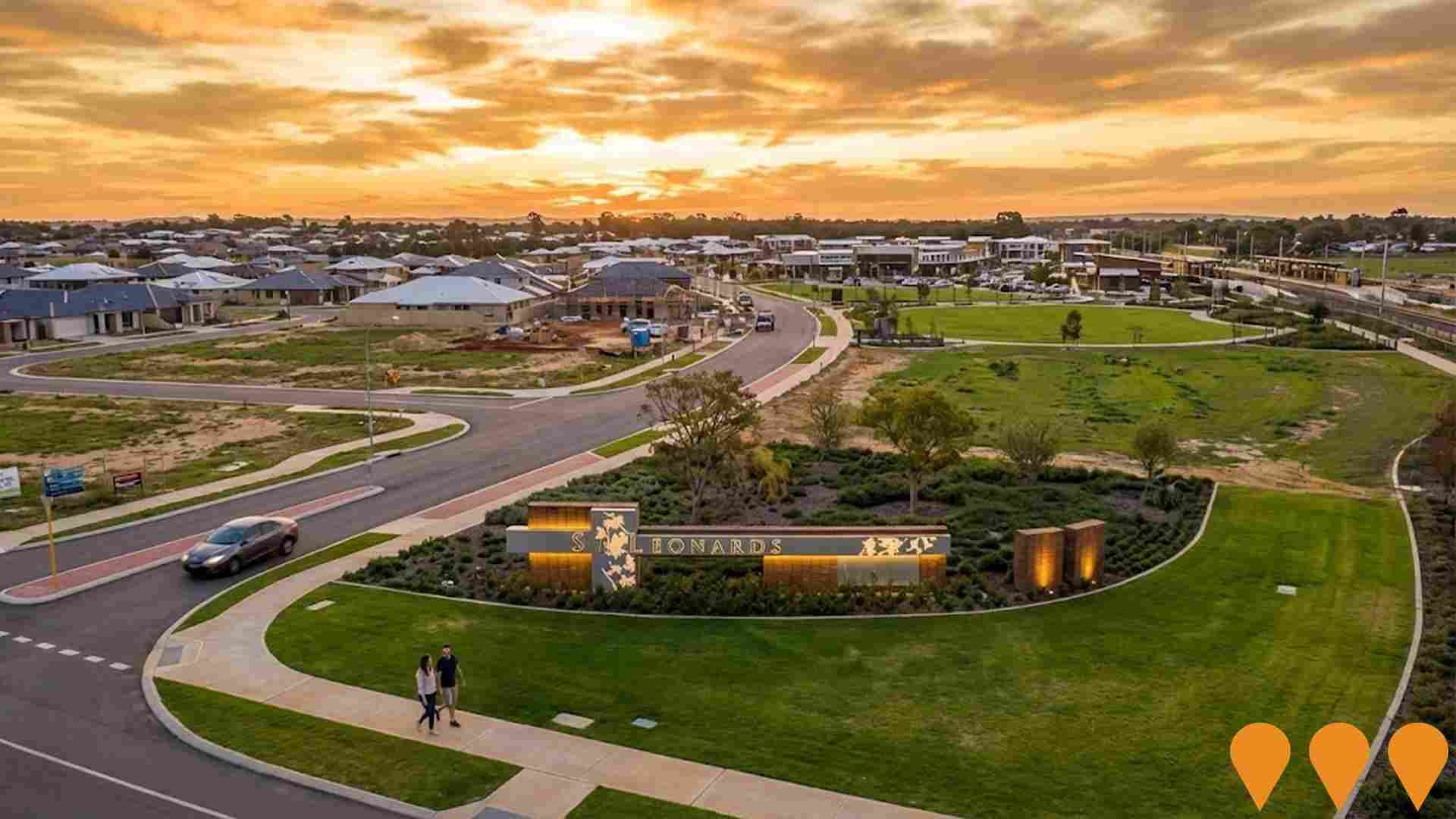
Employment
Employment conditions in Beechboro remain below the national average according to AreaSearch analysis
Beechboro's workforce is skilled with strong representation in manufacturing and industrial sectors. Its unemployment rate was 4.5% as of June 2025.
Employment growth over the past year was estimated at 3.9%. In June 2025, 13,864 residents were employed while the unemployment rate was 4.5%, 0.6% higher than Greater Perth's rate of 3.9%. Workforce participation in Beechboro is similar to Greater Perth's 65.2%. Employment is concentrated in health care & social assistance, retail trade, and construction.
Transport, postal & warehousing has notable concentration with employment levels at 1.6 times the regional average. Education & training has limited presence with 5.9% employment compared to 9.2% regionally. The area may offer limited local employment opportunities as indicated by Census working population vs resident population count. Between June 2024 and June 2025, employment levels increased by 3.9%, labour force grew by 4.1%, causing unemployment rate to rise by 0.2 percentage points. In contrast, Greater Perth saw employment rise by 3.7%, labour force grow by 3.8%, and unemployment rise by 0.1 percentage points. Jobs and Skills Australia's national employment forecasts from May 2025 project national employment growth of 6.6% over five years and 13.7% over ten years. Applying these projections to Beechboro's employment mix suggests local growth of approximately 6.0%% over five years and 12.8% over ten years, based on simple weighting extrapolation for illustrative purposes.
Frequently Asked Questions - Employment
Income
Income levels align closely with national averages, indicating typical economic conditions for Australian communities according to AreaSearch analysis
Beechboro's median income among taxpayers was $54,467 in financial year 2022. The average income stood at $63,249 during the same period. These figures compare to Greater Perth's median and average incomes of $58,380 and $78,020 respectively. Based on a Wage Price Index growth rate of 14.2% from financial year 2022 to September 2025, estimated median income would be approximately $62,201 and average income would be around $72,230 by that date. Census data indicates household, family, and personal incomes in Beechboro rank modestly, between the 44th and 53rd percentiles. Income distribution shows that 39.9% of the population (10,435 individuals) fall within the $1,500 - $2,999 income range, which is consistent with broader trends across the surrounding region where 32.0% of people are in the same category. High housing costs consume 17.0% of income in Beechboro. Despite this, disposable income ranks at the 52nd percentile and the area's SEIFA income ranking places it in the 4th decile.
Frequently Asked Questions - Income
Housing
Beechboro is characterized by a predominantly suburban housing profile, with ownership patterns similar to the broader region
The dwelling structure in Beechboro, as per the latest Census, consisted of 93.3% houses and 6.7% other dwellings (semi-detached, apartments, 'other' dwellings). This compares to Perth metro's 89.1% houses and 10.9% other dwellings. Home ownership in Beechboro was at 22.2%, similar to Perth metro, with the rest of dwellings either mortgaged (55.7%) or rented (22.1%). The median monthly mortgage repayment in Beechboro was $1,765, below Perth metro's average of $1,842. The median weekly rent figure in Beechboro was recorded at $350, compared to Perth metro's $340. Nationally, Beechboro's mortgage repayments were lower than the Australian average of $1,863, and rents were less than the national figure of $375.
Frequently Asked Questions - Housing
Household Composition
Beechboro features high concentrations of family households, with a higher-than-average median household size
Family households constitute 77.9% of all households, including 41.8% couples with children, 21.8% couples without children, and 12.8% single parent families. Non-family households account for the remaining 22.1%, with lone person households at 19.1% and group households comprising 3.0% of the total. The median household size is 2.9 people, which is larger than the Greater Perth average of 2.8 people.
Frequently Asked Questions - Households
Local Schools & Education
Beechboro shows below-average educational performance compared to national benchmarks, though pockets of achievement exist
Educational qualifications in Beechboro trail are below the regional benchmarks. 20.7% of residents aged 15+ hold university degrees, compared to Australia's 30.4%. Bachelor degrees are most common at 15.2%, followed by postgraduate qualifications (3.9%) and graduate diplomas (1.6%). Vocational credentials are prominent, with 35.6% of residents aged 15+ holding them - advanced diplomas at 10.4% and certificates at 25.2%.
Educational participation is high at 32.1%, including 11.7% in primary education, 8.3% in secondary education, and 5.0% pursuing tertiary education. There are 11 schools serving 2,266 students with typical Australian school conditions (ICSEA: 995). All these schools focus on primary education, with secondary options available nearby. School places per 100 residents are 8.7, below the regional average of 15.7. Some students may attend schools in adjacent areas. Note: for schools showing 'n/a' for enrolments, please refer to parent campus.
Frequently Asked Questions - Education
Schools Detail
Nearby Services & Amenities
Transport
Transport servicing is moderate compared to other areas nationally based on assessment of service frequency, route connectivity and accessibility
The analysis of public transport in Beechboro shows that there are 132 active transport stops currently operating. These stops offer a mix of train and bus services. There are 15 individual routes serving these stops, which collectively provide 3,099 weekly passenger trips.
The accessibility of transport is rated as good, with residents typically located 232 meters from the nearest transport stop. On average, there are 442 trips per day across all routes, equating to approximately 23 weekly trips per individual stop.
Frequently Asked Questions - Transport
Transport Stops Detail
Health
Beechboro's residents boast exceedingly positive health performance metrics with both young and old age cohorts seeing low prevalence of common health conditions
Health outcomes data shows excellent results across Beechboro, with both younger and older age groups having low prevalence of common health conditions. The rate of private health cover is approximately 51% of the total population (~13,390 people), slightly lower than the average SA2 area's 54.1%.
The most prevalent medical conditions are asthma (6.7%) and mental health issues (6.2%). A majority of residents, 76.1%, report having no medical ailments, compared to 72.6% in Greater Perth. Beechboro has a lower proportion of seniors aged 65 and over at 10.7% (2,793 people), compared to Greater Perth's 12.6%. Health outcomes among seniors align with the general population's health profile.
Frequently Asked Questions - Health
Cultural Diversity
Beechboro is among the most culturally diverse areas in the country based on AreaSearch assessment of a range of language and cultural background related metrics
Beechboro has a high level of cultural diversity, with 41.9% of its population speaking a language other than English at home and 44.4% born overseas. Christianity is the predominant religion in Beechboro, making up 41.9% of the population. However, there is an overrepresentation of Other religions, comprising 4.0% of Beechboro's population compared to 2.4% across Greater Perth.
The top three ancestry groups in Beechboro are Other at 20.6%, English at 19.5%, and Australian at 18.3%. Notably, Filipino (4.0%) and Vietnamese (3.7%) ethnicities are overrepresented compared to regional averages of 2.4% and 1.6%, respectively. Additionally, Indian ethnicity is significantly higher in Beechboro at 6.7% compared to the regional average of 3.5%.
Frequently Asked Questions - Diversity
Age
Beechboro hosts a young demographic, positioning it in the bottom quartile nationwide
Beechboro's median age is 34 years, which is lower than Greater Perth's average of 37 and considerably younger than Australia's 38 years. Compared to Greater Perth, Beechboro has a higher percentage of residents aged 35-44 (17.3%) but fewer residents aged 75-84 (2.9%). Between the 2021 Census and the present day, the 35-44 age group has increased from 16.3% to 17.3%, while the 25-34 cohort has declined from 16.8% to 16.0%. By 2041, population forecasts indicate significant demographic changes in Beechboro. The 45-54 age group is projected to grow by 50%, adding 1,525 residents and reaching a total of 4,606. Meanwhile, the 0-4 age group shows minimal growth of just 7% (121 people).

